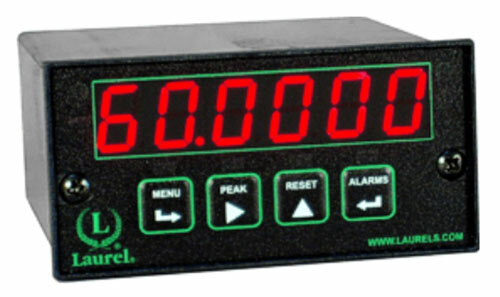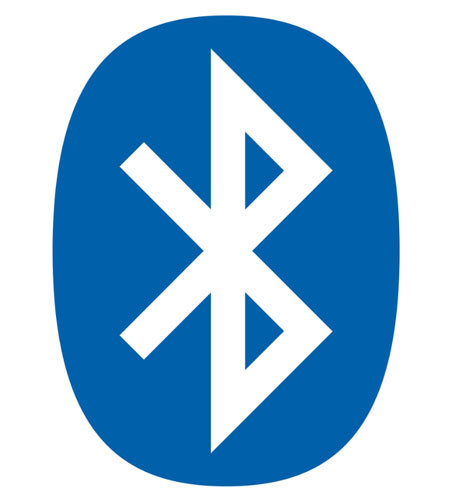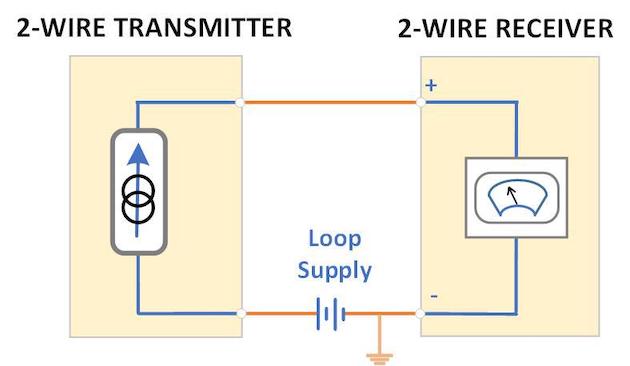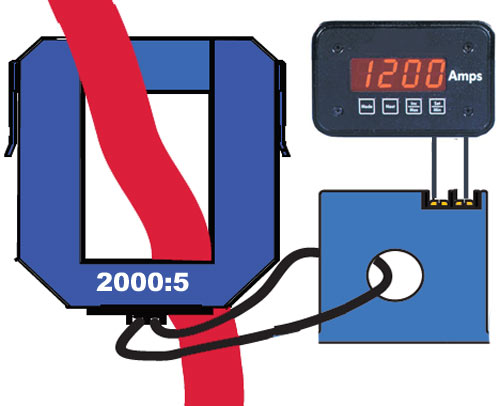Frequency is an important parameter for an ac waveform. The frequency, in Hertz, is defined as the number of cycles per second. It can also be expressed as 1/T, where T is the time for one cycle. One period is the duration of one complete cycle, in seconds. (more...)





